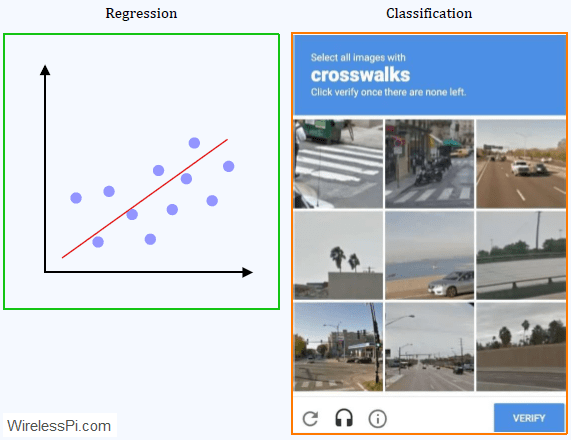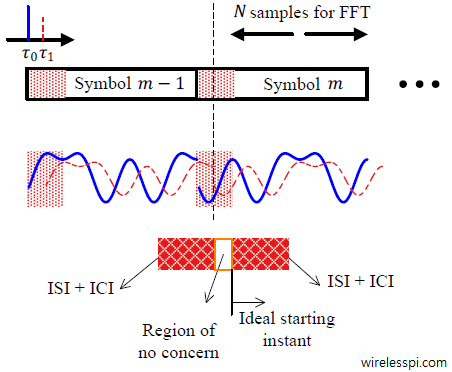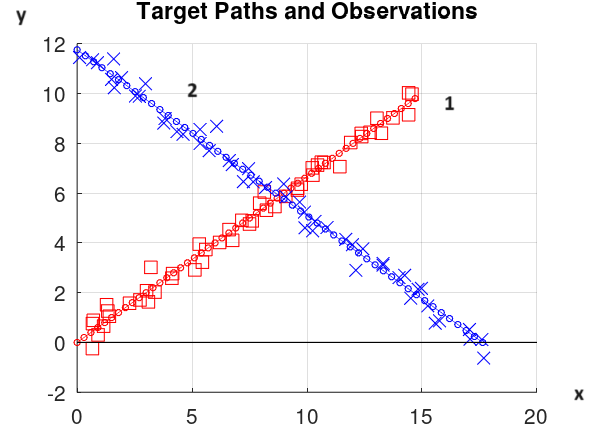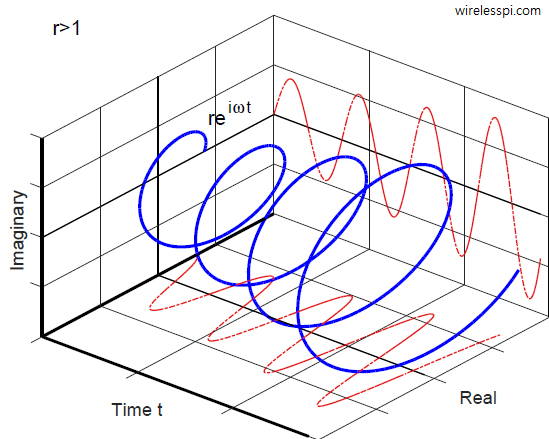In a previous article, we had a little introduction to the big picture of machine learning. More than what is it is, we focused on what it is not. Today we explore the category of supervised learning that opens the door to our understanding of advanced machine learning techniques. To see how supervised learning is proliferating in all walks of life, consider a few examples below. Insurance companies can predict the costs of storms damages for the future years due to climate change and adjust their premiums accordingly. During an interview, companies can classify the candidates with high and low
Continue reading



